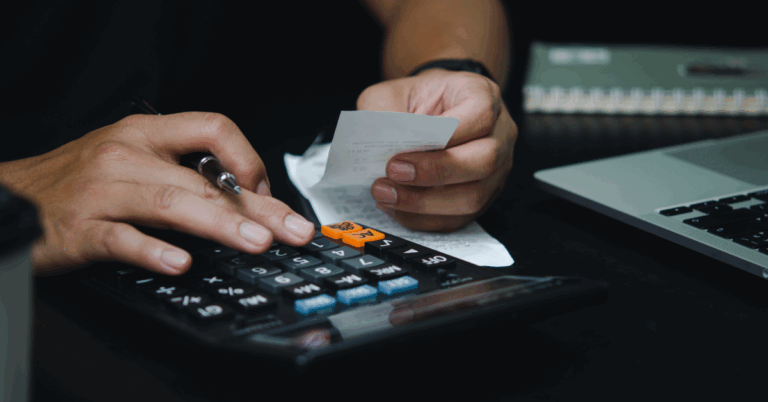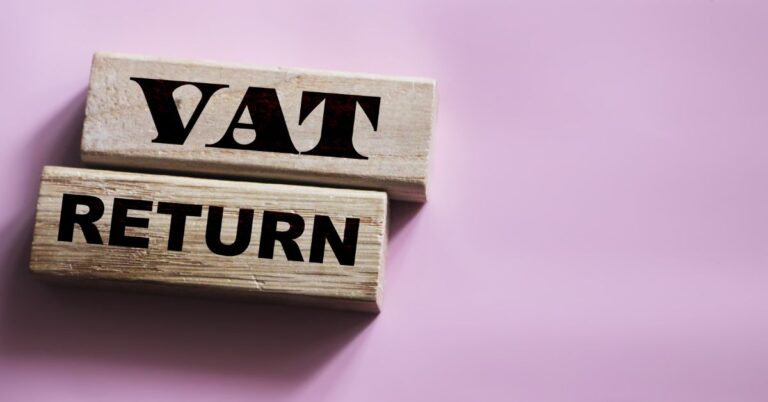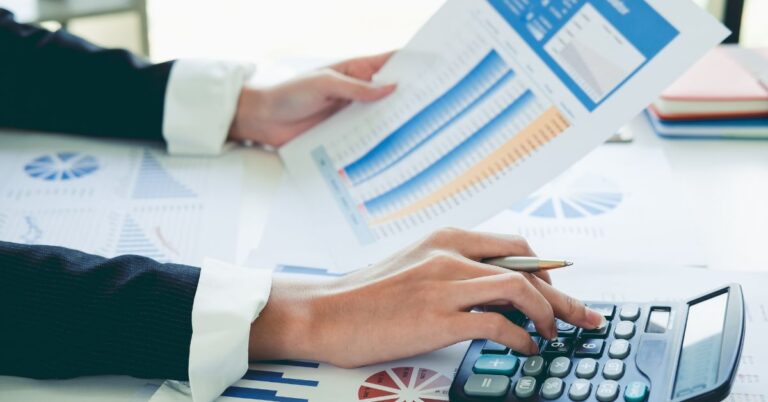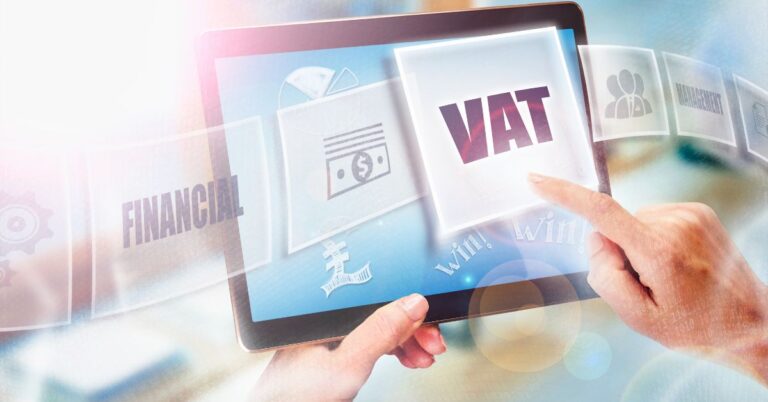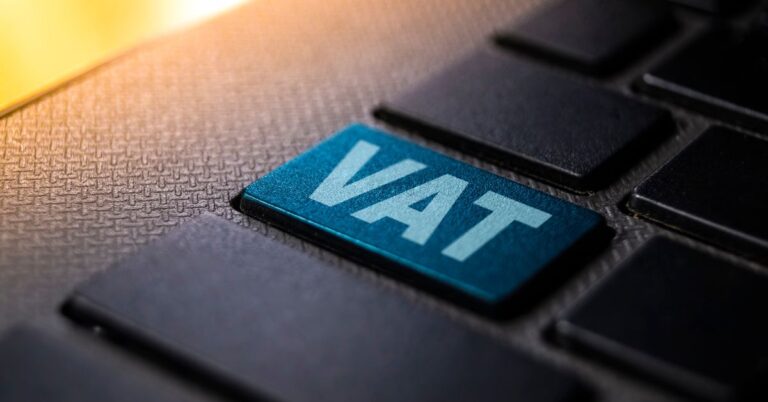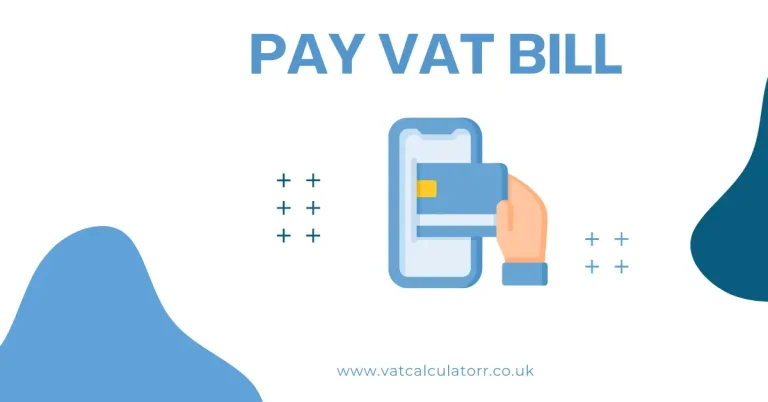Do Sales Outside the UK Count Towards VAT Threshold?
Yes, sales outside the UK can count towards your VAT threshold if the place of supply is in the UK. The place of supply determines which country’s VAT rules apply to your business transactions.
This guide explains VAT threshold rules for overseas sales, place of supply determinations, and registration requirements for UK businesses selling internationally.
What Is The Current UK VAT Registration Threshold?
The UK VAT registration threshold is £90,000 per year as of April 2024. This threshold increased from £85,000 to £90,000 and remains at this level for the 2025-26 tax year.
You must register for VAT if your taxable turnover exceeds £90,000 in any rolling 12-month period. Taxable turnover includes standard-rated supplies (20% VAT), reduced-rated supplies (5% VAT), and zero-rated supplies (0% VAT).
VAT-exempt supplies and supplies outside the scope of UK VAT do not count towards the threshold. Understanding how to register for VAT becomes essential once you approach this limit.
The threshold applies to all business types including sole traders, partnerships, and limited companies. HMRC monitors compliance through VAT returns and business records.
How Does Place Of Supply Affect VAT Registration?
Place of supply is the location where you make a supply and where VAT applies. This rule determines whether your overseas sales count towards the UK VAT threshold.
For goods, the place of supply is where the goods are located when you sell them. For services, the place of supply depends on whether you sell to businesses or consumers.
If the place of supply is in the UK, the sale counts towards your VAT threshold regardless of where your customer lives. This principle affects e-commerce businesses, exporters, and service providers differently.
Place of supply rules changed after Brexit, creating new considerations for EU sales. The rules now distinguish between goods and services more clearly than before.
Do EU Sales Count Towards The UK VAT Threshold?
EU sales count towards your UK VAT threshold if the place of supply is in the UK. Goods dispatched from UK warehouses to EU customers typically have a UK place of supply.
Goods To EU Countries
Goods stored in UK warehouses and sold to EU customers count towards your VAT threshold. The physical location of goods at the time of sale determines the place of supply.
Distance selling thresholds in individual EU countries may require additional VAT registration. Each EU country sets its own threshold, typically €35,000 or €100,000 annually.
Services To EU Countries
Services to EU business customers usually have the place of supply where the customer is located. These sales do not count towards your UK VAT threshold.
Services to EU consumers have the place of supply where you are located. These sales count towards your UK VAT threshold and require UK VAT charges.
Do Non-EU Sales Count Towards The UK VAT Threshold?
Non-EU sales count towards your UK VAT threshold if the place of supply is in the UK. Zero-rated exports from UK stock count towards the threshold because they are taxable supplies at 0% VAT.
HMRC states that zero-rated supplies are taxable supplies and must be included in threshold calculations. Only VAT-exempt supplies and out-of-scope supplies are excluded.
Exports to countries like the USA, Canada, and Australia are zero-rated but still count towards your registration threshold. The zero-rate applies to reduce your VAT liability, not your registration obligations.
Drop-Shipping From Overseas
Goods shipped directly from overseas suppliers to overseas customers may not count towards your UK VAT threshold. The place of supply is where the goods are located when sold.
Drop-shipping from China to USA customers typically has a non-UK place of supply. These sales fall outside UK VAT scope and do not count towards the threshold.
Digital Services
Digital services provided from the UK to overseas consumers count towards your VAT threshold. The place of supply for these services is where the supplier is located.
Software subscriptions, online courses, and digital downloads sold from the UK all contribute to your threshold calculation. Understanding current VAT rates helps determine your exact obligations.
Which Business Scenarios Affect VAT Threshold Calculations?
Your business location and customer type determine which sales count towards your VAT threshold. Here are common scenarios affecting UK businesses:
UK E-commerce Business
- UK sales: Count towards threshold
- EU sales from UK stock: Count towards threshold
- US sales from UK stock: Count towards threshold
- Amazon FBA UK sales: Count towards threshold
Drop-Shipping Business
- UK sales: Count towards threshold
- Direct overseas shipments: May not count towards threshold
- Supplier location determines place of supply
Service Provider
- UK clients: Count towards threshold
- EU business clients: Usually do not count
- EU consumers: Count towards threshold
- Non-EU business clients: Usually do not count
Each scenario requires careful analysis of where services are performed and where customers are located.
What Are The Key Place Of Supply Rules?
Place of supply rules determine where VAT applies for your business transactions. These rules vary between goods and services with specific exceptions.
For Goods
The place of supply is where goods are located when you sell them. Shipping destination does not change the place of supply.
Goods in UK warehouses have UK place of supply regardless of customer location. Goods stored overseas have overseas place of supply even if sold to UK customers.
For Services
Business-to-business services have the place of supply where the customer is located. Business-to-consumer services have the place of supply where the supplier is located.
Exceptions apply to specific services like property services, passenger transport, and restaurant services. These exceptions override the general B2B and B2C rules.
How Do You Calculate Your VAT Threshold?
Monitor your taxable turnover monthly using a rolling 12-month calculation. Include all supplies with a UK place of supply in your calculation.
Track these components monthly:
- Standard-rated supplies at 20% VAT
- Reduced-rated supplies at 5% VAT
Exclude VAT-exempt supplies and out-of-scope supplies from your calculation. Examples include insurance services, education, and genuine overseas supplies.
Calculate turnover excluding VAT amounts. Use net prices before VAT addition for accurate threshold monitoring. Many businesses use accounting software to track these figures automatically.
What Happens If You Exceed The VAT Threshold?
You must register for VAT within 30 days of exceeding the threshold. Your effective registration date is the first day of the second month after you cross the threshold.
Late registration results in penalties and you must pay VAT from the date you should have registered. HMRC may charge penalties up to 15% of the VAT due.
Registration requires updating your invoicing systems to include VAT charges. You must also learn how to add VAT to invoices in accounting software like QuickBooks.
Forward registration applies when you expect to exceed the threshold in the next 30 days. This prevents delays in VAT charges to customers.
Can You Get Exemption From VAT Registration?
You can apply for registration exemption if most of your supplies are zero-rated. HMRC considers exemption applications for businesses with primarily zero-rated supplies like exports.
You must prove that your taxable turnover will remain below £88,000 for the next 12 months. HMRC approves or rejects exemption applications in writing.
Exemption applications require form VAT1C and detailed financial projections. The process takes several weeks and may require additional documentation.
Zero-rated suppliers often qualify for exemption because their input VAT exceeds output VAT. This creates administrative burdens without generating VAT revenue for HMRC.
What Records Should You Keep For Overseas Sales?
Keep detailed records of customer locations, business status, and place of supply determinations. Document where goods are stored when sold and whether customers are businesses or consumers.
Essential records include:
- Customer addresses and VAT numbers
- Shipping documentation and delivery confirmations
HMRC requires six years of VAT records for inspection. Digital records must comply with Making Tax Digital requirements for VAT-registered businesses.
Customer VAT numbers prove business status for B2B transactions. Verify EU VAT numbers through the EU VAT Information Exchange System (VIES).
How Has Brexit Changed VAT Rules?
Brexit eliminated EC Sales List requirements for services to EU businesses from 1 January 2021. However, place of supply rules for goods and services remain largely unchanged.
EU sales may now require different customs procedures and VAT treatments in individual EU countries. Distance selling rules apply differently to UK businesses selling to EU consumers.
Northern Ireland follows special rules under the Northern Ireland Protocol. Import VAT calculations may apply to goods moving between Great Britain and Northern Ireland.
New documentation requirements affect proof of export for zero-rating purposes. Customs declarations now serve as export evidence for VAT purposes.
What Are Common VAT Threshold Mistakes?
Businesses often incorrectly exclude all overseas sales from threshold calculations. The place of supply, not the customer location, determines whether sales count towards the threshold.
Common errors include:
- Excluding zero-rated exports from calculations
- Misunderstanding B2B versus B2C service rules
Late registration occurs when businesses monitor profits instead of turnover. VAT registration depends on gross sales figures, not net profits.
Many businesses confuse VAT-exempt supplies with zero-rated supplies. Zero-rated supplies count towards the threshold while exempt supplies do not.
When Should You Seek Professional VAT Advice?
Get professional advice if you have significant overseas sales or complex supply arrangements. VAT specialists can help determine place of supply for your specific business model.
Consider professional advice for drop-shipping, digital services, or mixed B2B and B2C sales. HMRC interpretations have changed over time, making current guidance essential.
Complex businesses may benefit from VAT health checks before reaching the threshold. Early planning prevents registration delays and customer pricing issues.
What VAT Schemes Are Available After Registration?
Several VAT schemes help manage compliance after registration. The Flat Rate Scheme simplifies calculations for businesses with turnover up to £150,000.
The Flat Rate Scheme charges fixed percentages based on business sectors. Rates range from 4% to 14.5% of gross turnover including VAT.
Cash accounting allows VAT payments based on cash received rather than invoices issued. This scheme helps businesses with extended payment terms from customers.
Annual accounting reduces return frequency from quarterly to annually. This scheme suits businesses with stable VAT liabilities and good cash flow.
How Do You Handle VAT On Mixed Sales?
Businesses with mixed UK and overseas sales must separate supplies by place of supply. Track UK supplies for threshold purposes and overseas supplies for reporting.
Box 6 on VAT returns includes overseas supplies outside UK VAT scope. These supplies appear for statistical purposes but do not generate UK VAT charges.
Proper categorization prevents HMRC queries during inspections. Use separate nominal codes in accounting systems for different supply types.
What Penalties Apply For VAT Registration Errors?
HMRC charges penalties for late registration, incorrect returns, and inadequate records. Penalty amounts depend on the VAT due and delay period.
Late registration penalties start at £50 and increase with the VAT liability. Serious cases may incur penalties up to 15% of VAT due.
Reasonable excuse defenses apply to genuine errors and unforeseen circumstances. HMRC considers individual cases and may waive penalties for valid reasons.
Understanding VAT payment deadlines helps avoid additional late payment penalties after registration.
How Do Charities Handle Overseas Sales?
Charities follow the same place of supply rules but may qualify for additional reliefs. UK charities have VAT exemptions for specific activities but must register if trading turnover exceeds thresholds.
Charitable trading subsidiaries often handle commercial activities to protect charity VAT status. These subsidiaries follow standard VAT registration rules.
Donations and grants do not count towards VAT thresholds for charities. Only commercial trading activities contribute to registration calculations.
What About eBay And Online Marketplace Sales?
eBay sales count towards VAT thresholds based on standard place of supply rules. VAT obligations for eBay sellers depend on seller location and goods storage.
Online marketplaces may collect VAT on behalf of overseas sellers under specific rules. These arrangements affect VAT registration requirements for platform sellers.
Cross-border eBay sales follow the same rules as direct sales. Goods stored in UK warehouses create UK place of supply regardless of marketplace location.
Final Thoughts
Overseas sales count towards your UK VAT threshold if the place of supply is in the UK. Most UK businesses selling goods from UK stock must include all overseas sales in their threshold calculations.
Monitor your taxable turnover monthly and register for VAT within 30 days of exceeding £90,000. Keep detailed records of customer locations and supply arrangements to support your VAT obligations.
Professional VAT advice helps businesses with complex overseas sales avoid costly registration delays and penalties. Understanding place of supply rules protects your business from unexpected VAT liabilities.
HMRC guidance continues evolving, particularly for digital services and e-commerce businesses. Stay updated on rule changes to maintain compliance and avoid penalties.
